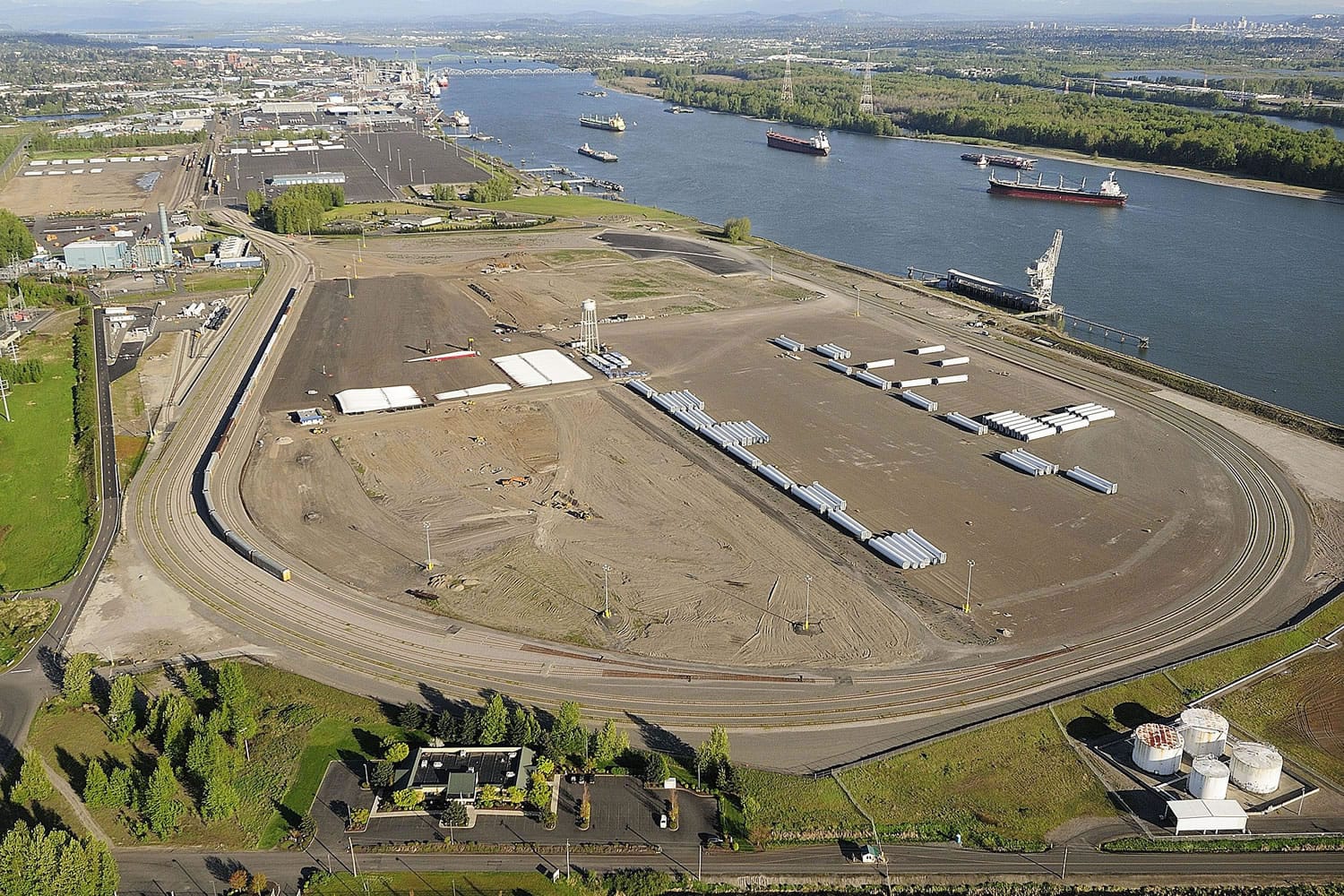• The Northwest will continue to see investments spurred by the Columbia River deepening.
• The Port of Vancouver will continue work on the largest capital project in its history, a $150 million investment in rail improvements.
• Todd Coleman will become executive director of the Port of Vancouver following Larry Paulson’s April retirement.
Strategic planning, when combined with a large dose of perseverance, pays off, especially when it comes to investing in transportation infrastructure. The Port of Vancouver and its partner ports on the Columbia River can heartily attest to the benefits of such an approach.
In December 2010, after 20 years and $190 million, the deepening of the Columbia River navigation channel to 43 feet was completed, allowing larger, more heavily loaded vessels to call on local ports. It was a massive effort, but the return on investment has exceeded all expectations. One year after the project’s completion, the region’s ports have attracted more than $750 million in private-sector investment that can be tied directly to the channel-deepening effort.
• The Northwest will continue to see investments spurred by the Columbia River deepening.
• The Port of Vancouver will continue work on the largest capital project in its history, a $150 million investment in rail improvements.
• Todd Coleman will become executive director of the Port of Vancouver following Larry Paulson's April retirement.
Companies are expanding. Port of Vancouver’s United Grain Corporation is investing $95 million to add corn and soybeans to existing wheat operations. Port of Kalama’s Kalama Export Co. is nearing completion on its $36 million expansion that will increase annual grain handling capacity by 25 percent.
New companies are also locating and investing in Southwest Washington. The $200 million EGT grain facility at the Port of Longview and the proposed $200 million-plus BHP Billiton potash export facility at the Port of Vancouver are just two examples.
This level of activity, during one of our nation’s most difficult economic periods, is encouraging. It reminds us that having a good plan and working that plan can result in great outcomes.
The ports on the Columbia River identified key opportunities, such as our close proximity to the growing Asian market, and we are taking the necessary steps to identify and address gaps in our transportation infrastructure.
This tried-and-true approach can serve our community well as we work to meet our current and future transportation needs. Right now, the Port of Vancouver is the midst of its largest capital project in the port’s 100-year history, the West Vancouver Freight Access project. This multiyear, $150 million investment in rail improvements is already attracting significant private-sector investment and is expected to create 1,000 new jobs when complete in 2017.
The port’s approach to delivering this complex project is simple. We have a solid, well-thought-out plan. In everything we do, we strive for excellence. We partner whenever possible, and remain flexible so that we can adapt to changing needs or take advantage of new opportunities. Yes, there are risks, but we believe that the resulting economic benefit to the community make those risks worth taking.
Investing in critical regional transportation improvements such as the port’s rail project, the channel deepening and the Columbia River Crossing are essential to building a strong local economy and our nation’s ability to compete in an ever more competitive global marketplace.
The way we get there is a collective vision, strong partnerships, and persistence.



